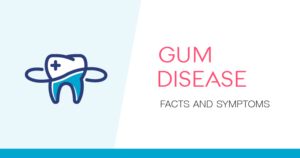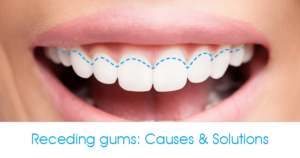Tobacco is the #1 Cause of Preventable Disease and Death!
Did you know that approximately 37300 Canadians die anually due to tobacco related illness? There are 7000 chemicals in a cigarette and at least 70 of them are known to be carcinogenic. A carcinogen is something that causes cancer.
Familiar Chemicals in Cigarettes
| Chemical | Found in: |
| carbon monoxide | car exhaust |
| nicotine | bug sprays |
| tar | material to make roads |
| arsenic | rat poison |
| ammonia | cleaning products |
| hydrogen cyanide | gas chamber poison |
| cyanide | deadly poison |
| acetone | nail polish remover |
| butane | cigarette lighter fluid |
| DDT | insecticides |
| formaldehyde | to preserve dead bodies |
| sulfuric acid | car batteries |
| cadmium | used to recharge batteries |
| freon | damages earth’s ozone layer |
| geranic acid | a fragrance |
| methoprene | a pesticide |
| maltitol | a sweetener not permitted to be used in foods in the U.S. |
| Sources: Dr. Joel Dunnington, Tobacco Almanac, Revised, May 1993. | |
Who are you harming besides yourself when you smoke?
Second hand smoke contains 69 known cancer causing chemicals and children with at least one smoking parent have a 25%-40% increased risk of chronic respiratory symptoms than children who are not exposed to second hand smoke at home.
Third hand smoke which lingers in places like your clothes, furniture and carpet contain the same harmful chemicals as secondhand smoke. Babies, toddlers and pets are at the greatest risk from third hand smoke. Smoke particles get trapped in cat’s and dog’s fur and ingested when they groom themselves which increases their risk of cancer.
Is smokeless tobacco like snus, spit tobacco and nasal snuff a safe alternative? NOT!
17% of 15-19 year old males in Alberta use smokeless tobacco which is nearly double the national average!
Smokeless tobacco contains over 3000 chemicals and up to 28 known carcinogens. 8-10 dips a day provides the same amount of nicotine as 30-40 cigarettes.
What are some other health benefits of quitting smoking?
After 8 hours– oxygen levels in the blood return to normal.
After 48 hours– chances of having a heart attack start to diminish and your sense of smell and taste improve.
After 72 hours– lung capacity increases and breathing becomes easier as bronchial tubes relax.
After 2 weeks-3 months-curculation improves.
After 6 months-improvements in coughing, sinus congestion, tiredness and breathing.
After 1 year– 50% reduction in risk of smoking related heart attack.
After 10 years– risk of death is equivalent to that of someone who has never smoked.
Are you interested in quitting smoking?
Check with your Lethbridge Dentist, Dr. Ryan Johnson, for a referral to “Alberta Quits”! www.albertaquits.ca










